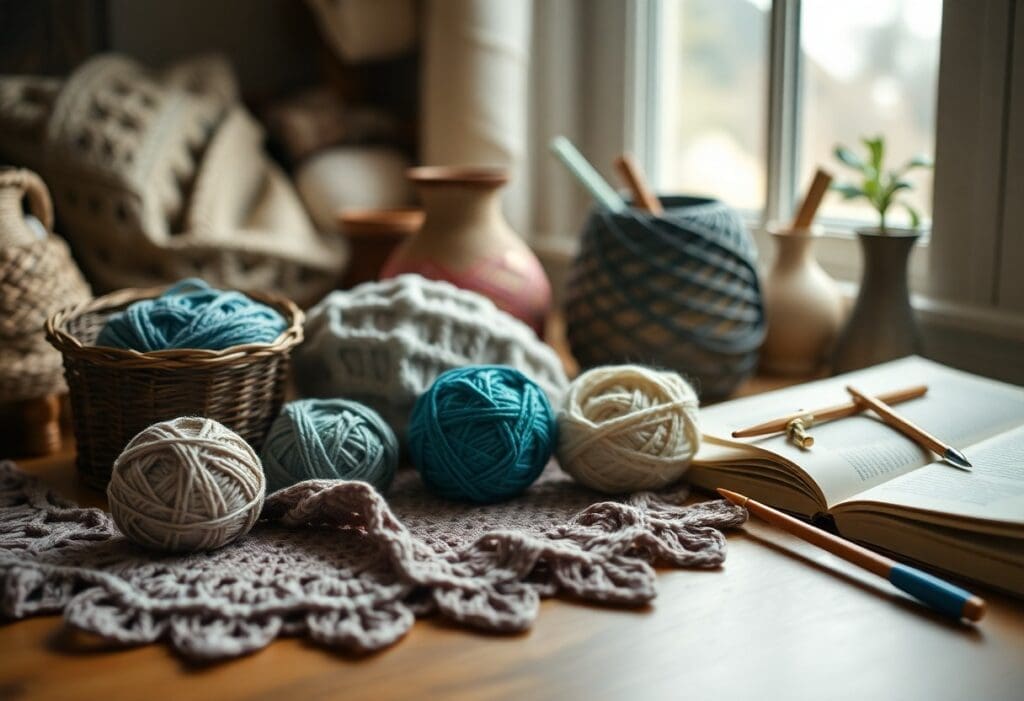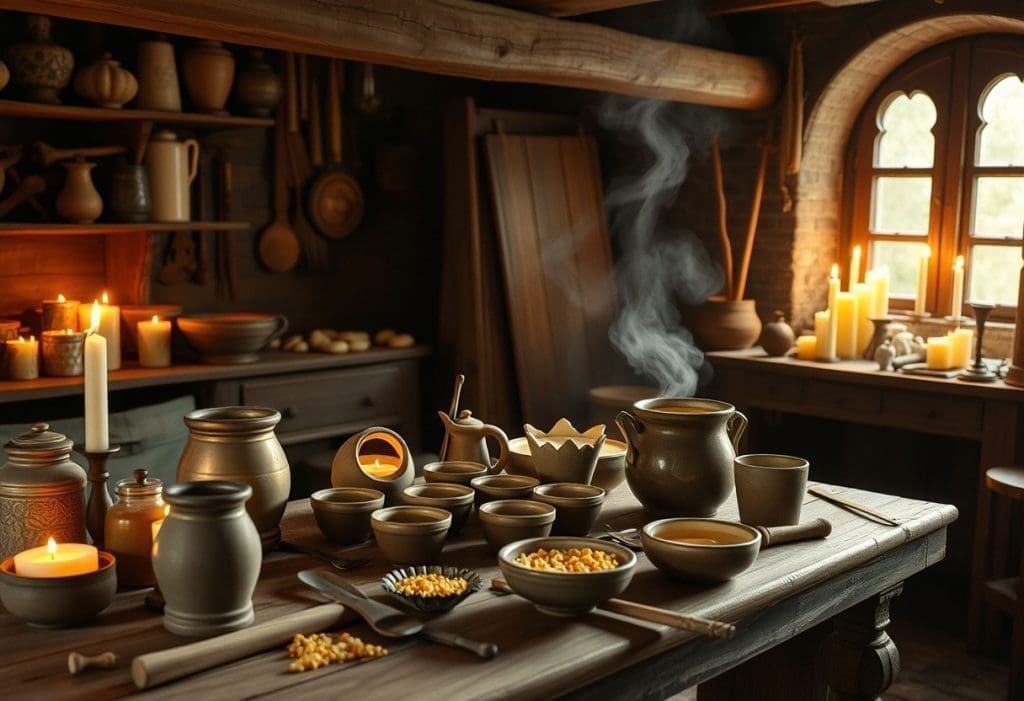You hold in your hands a hook, a skein of yarn, and a wealth of creative possibility.
As you begin to craft, you become part of a rich tapestry of tradition and innovation.
From humble beginnings to modern-day masterpieces, the history of crochet is one of adaptation, evolution, and artistry.
In this journey through time, you’ll discover how a simple stitch gave rise to a global community of makers, each leaving their mark on this timeless craft.
The History of Crochet: Ancient
Ancient civilizations laid the groundwork for the modern craft of crochet, leaving behind a rich tapestry of techniques and traditions.
Early Evidence of Hooked Needlework
Any examination of crochet’s history must begin with the early evidence of hooked needlework, which dates back to ancient Egypt, China, and South America.
Influences from Middle Eastern and Asian Cultures
Among the many cultural influences that shaped crochet, those from the Middle East and Asia played a significant role in its development.
Crochet, as you explore its ancient roots, reveals a fascinating story of cross-cultural exchange and adaptation.
The intricate lacework and ornate patterns that characterize Middle Eastern and Asian textiles, for instance, found their way into early crochet designs, imbuing them with a sense of exoticism and luxury.
The Evolution of Crochet in Europe
While the art of crochet was flourishing in the Middle East and Asia, it was also gaining popularity in Europe, where it became a staple of domestic life.
18th-Century Revival and Popularization
Against the backdrop of the Industrial Revolution, crochet experienced a resurgence in popularity.
This was particularly true among the upper classes, who saw it as a way to showcase their wealth and status through intricate and elaborate designs.
The Role of Industrialization and Mass Production
An influx of new materials and manufacturing techniques enabled the mass production of crochet hooks and yarn, making the craft more accessible to the general population.
This newfound accessibility sparked a creative explosion, as people from all walks of life began to experiment with different stitches, colors, and patterns.
In turn, this gave birth to a wide range of regional styles and traditions that continue to influence the craft today.
The History of Crochet in the Americas
There’s a rich history of crochet in the Americas, where the craft was introduced by European settlers in the 19th century and quickly took root.
The Craft’s Adoption and Adaptation
Any exploration of crochet in the Americas must acknowledge the significant role played by immigrants, who brought their skills and techniques with them to the New World.
Regional Styles and Innovations
Along the way, regional styles and innovations emerged, reflecting the diverse cultural influences that shaped the craft.
Indeed, as you explore the history of crochet in the Americas, you’ll discover a fascinating tapestry of styles. This includes the intricate lacework of Mexican crochet to the colorful, graphic patterns of African-American crochet traditions.
The Golden Age of Crochet
For a brief period in the mid-19th century, crochet experienced a surge in popularity, becoming a staple of Victorian-era parlors and a symbol of domesticity.
Late 19th-Century to Early 20th-Century Resurgence
Around this time, crochet began to experience a resurgence, as women sought out more practical and portable alternatives to needlework.
Iconic Patterns and Designers
On the heels of this resurgence, iconic patterns and designers emerged, further solidifying crochet’s place in the world of crafting.
Early 20th-century designers like Eléonore Riego de la Branchardière and Margaret Hubert created intricate, lace-inspired patterns that showcased the versatility of crochet.
Their designs, often featured in popular magazines and books, helped to establish crochet as a respected craft form.
As you explore the history of crochet, you’ll notice how these pioneering designers paved the way for modern-day innovations.
Modern-Day Crochet
As you explore the world of crochet, you’ll find that it has evolved significantly since its humble beginnings.
Contemporary Trends and Innovations
On the cutting edge of crochet design, you’ll discover a plethora of innovative techniques, materials, and styles that cater to diverse tastes and skill levels.
The Rise of Online Communities and Social Media
In the digital age, crochet enthusiasts found a new platform to share their passion, connect with like-minded individuals, and showcase their creations.
Social media and online forums has provided crocheters with a vast repository of tutorials, patterns, and inspiration. This has also fostered a sense of community and collaboration that transcends geographical boundaries.
The Cultural Significance of Crochet
With such a rich and diverse history, crochet transcends mere stitches to become a symbol of community, creativity, and connection.
Therapeutic Benefits and Mindfulness
Cultivating a sense of calm and clarity, crochet has long been recognized as a soothing balm for the mind and soul.
In fact, many claim it provides them with a meditative escape from the chaos of everyday life.
Preserving Tradition and Cultural Heritage
Cultural legacies are carefully woven into the fabric of crochet, as each stitch and pattern tells a story of heritage, tradition, and the people who came before us.
And as you hold a handmade crochet piece in your hands, you are not just holding a physical object.
You are holding a piece of history, a testament to the love, skill, and dedication of the craftswomen who came before you.
Conclusion: The History of Crochet
The tapestry of crochet’s history now lies before you, woven from threads of ancient cultures, industrial revolutions, and modern-day creativity.
Your journey through time has revealed the craft’s transformation from humble beginnings to its current status as a global phenomenon.
In this rich narrative, you’ve discovered how crochet has adapted to the rhythms of human experience, echoing the pulse of social change and technological innovation.



